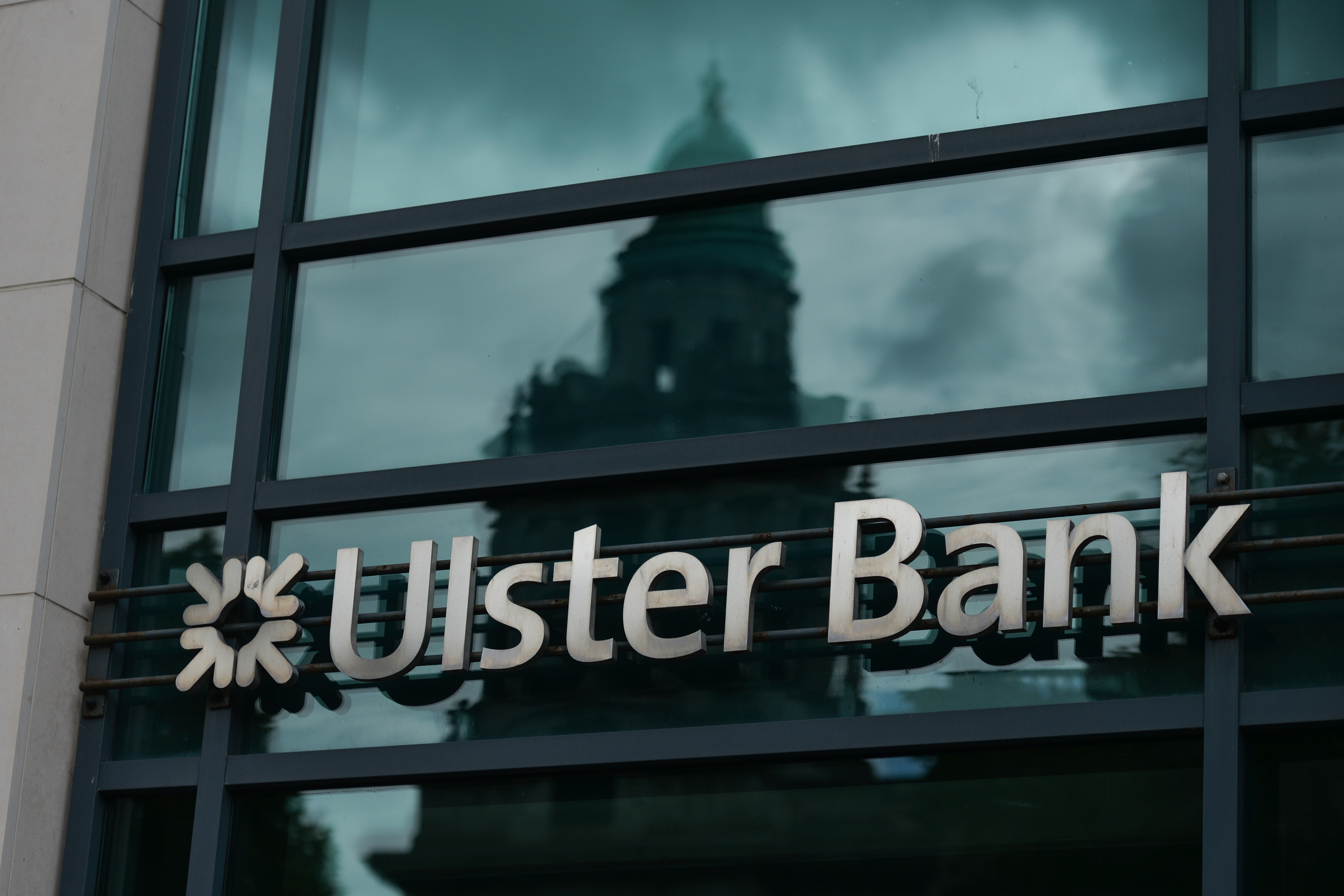ONS: UK unemployment rate rises to 3.9% – what does this mean for interest rates?
The number of payrolled employees decreased in April for the first time since 2021 according to the ONS.


UK unemployment crept up in the first three months of 2023, data from the Office for National Statistics showed.
The number of payrolled employees in April also decreased for the first time since February 2021, reflecting a “triple whammy of credit tightening, rising interest rates and rampant inflation”, said Myron Jobson, senior personal finance analyst at interactive investor.
Indeed, these factors have weighed on business confidence, reflected by the tenth consecutive fall in the number of vacancies.
MoneyWeek
Subscribe to MoneyWeek today and get your first six magazine issues absolutely FREE

Sign up to Money Morning
Don't miss the latest investment and personal finances news, market analysis, plus money-saving tips with our free twice-daily newsletter
Don't miss the latest investment and personal finances news, market analysis, plus money-saving tips with our free twice-daily newsletter
The ONS figures also showed that at 75.9%, the employment rate was 0.2% higher than in the final quarter of December, and the economic inactivity rate also decreased by 0.4%, driven by people aged 16-24 searching for a job. Analysts believe the cost of living crisis is driving more people back into the workforce.
Inflation eats into pay growth
Growth in average total pay, including bonuses, was 5.8%, while growth in regular pay excluding bonuses was 6.7% between January to March.
But when adjusted for inflation, growth in total and regular pay fell by 3% and 2% respectively.
“With inflation still sky high the focus remains on wage growth and whilst the public sector has lagged, its private counterpart’s wages have shot up by a number not seen for twenty years,” says Danni Hewson, head of financial analysis at AJ Bell.
“Industrial disputes have been fuelled by the simple fact that even at 5.6% growth wages aren’t keeping up with inflation and day-to-day life has become harder and harder to fund.”
What does this mean for interest rates?
A recent survey by the Bank of England (BoE) found companies expect to keep staffing levels flat in 2023, with hiring freezes and redundancies.
But private sector employers are also expected to increase salaries by 5% in 2023, the most in at least 11 years as they look to fill vacancies and retain staff.
This could add pressure on the BoE to raise rates again.
“Wage growth is one area that has gained a lot of headlines as leading figures have asked for pay restraint, and the Bank will continue to watch it with a keen eye,” says Richart Carter, head of fixed interest research at Quilter Cheviot.
“While wage growth is a lagging indicator, today’s data show wages have continued to climb, but the pace at which they are growing has slowed.”
The 6.7% growth in regular pay was just 0.1% higher than the previous quarter.
Rising wages mean businesses might continue increasing prices, which could push inflation higher, prompting the BoE to keep its foot on the pedal and continue hiking rates.
“The Bank is left facing a tricky task of knowing when enough is enough on interest rates, and this morning’s data may mean we are not quite at the end of the hiking cycle yet,” adds Carter. “It will be hoping wage growth continues to moderate and doesn’t threaten to rip up the inflation forecasts it is relying on when it comes to interest rate setting.”
Get the latest financial news, insights and expert analysis from our award-winning MoneyWeek team, to help you understand what really matters when it comes to your finances.
Nic studied for a BA in journalism at Cardiff University, and has an MA in magazine journalism from City University. She has previously worked for MoneyWeek.
-
 Three Indian stocks to buy for long-term profit growth
Three Indian stocks to buy for long-term profit growthOpinion Rita Tahilramani and James Thom, co-managers at the Aberdeen New India Investment Trust, highlight three Indian stocks to buy now
-
 Hiring new staff for your business? Help is available
Hiring new staff for your business? Help is availableHiring more employees is a costly business, but help is available from the government, says David Prosser
-
 Act now to bag NatWest-owned Ulster Bank's 5.2% easy access savings account
Act now to bag NatWest-owned Ulster Bank's 5.2% easy access savings accountUlster Bank is offering savers the chance to earn 5.2% on their cash savings, but you need to act fast as easy access rates are falling. We have all the details
-
 Moneybox raises market-leading cash ISA to 5%
Moneybox raises market-leading cash ISA to 5%Savings and investing app MoneyBox has boosted the rate on its cash ISA again, hiking it from 4.75% to 5% making it one of top rates. We have all the details.
-
 October NS&I Premium Bonds winners - check now to see what you won
October NS&I Premium Bonds winners - check now to see what you wonNS&I Premium Bonds holders can check now to see if they have won a prize this month. We explain how to check your premium bonds
-
 The best packaged bank accounts
The best packaged bank accountsAdvice Packaged bank accounts can offer great value with useful additional perks – but get it wrong and you could be out of pocket
-
 Bank of Baroda closes doors to UK retail banking
Bank of Baroda closes doors to UK retail bankingAfter almost 70 years of operating in the UK, one of India’s largest bank is shutting up shop in the UK retail banking market. We explain everything you need to know if you have savings or a current account with Bank of Baroda
-
 How to earn cashback on spending
How to earn cashback on spendingFrom credit cards and current accounts to cashback websites, there are plenty of ways to earn cashback on the money you spend
-
 John Lewis mulls buy now, pay later scheme
John Lewis mulls buy now, pay later schemeThe CEO of John Lewis has said the retailer will consider introducing buy now, pay later initiatives for lower-priced items.
-
 State pension triple lock at risk as cost balloons
State pension triple lock at risk as cost balloonsThe cost of the state pension triple lock could be far higher than expected due to record wage growth. Will the government keep the policy in place in 2024?
